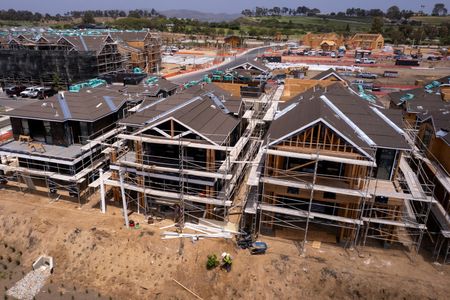(Reuters) – U.S. housing inflation is likely to ease in the coming year as the gap between supply and demand for homes narrows, according to research published on Tuesday by the Federal Reserve Bank of San Francisco.
That decline will likely add to downward pressure on inflation, the researchers said in the regional Fed bank’s latest Economic Letter.
Stubbornly high shelter inflation has added considerably to overall U.S. price pressures in recent years even as the Fed raised borrowing costs aggressively to bring down inflation.
That is because while higher borrowing costs reduces demand for housing, it also reduces supply by making it more costly for builders.
In recent months housing inflation has come down, but it remains well-above pre-pandemic levels and continues to account for a large share of overall inflation. In July, for instance, shelter inflation rose 5% from a year earlier, while overall consumer price inflation registered 2.9%.
Rent increases eventually do slow in the face of rising borrowing costs, research shows, but it takes some time.
The San Francisco Fed researchers used data from before the pandemic to estimate future shelter inflation trends, and found that by year’s end shelter inflation may drop to as low as 2%, before reverting next year to its 3.3% pre-pandemic average.
“This will contribute downward pressure to inflation overall, although the extent and speed of this adjustment in shelter inflation is highly uncertain,” they wrote.
The Fed is widely expected to start lowering its policy rate later this month after aggressive interest-rate hikes in 2022 and 2023 to its current range of 5.25%-5.50%.
(Reporting by Ann Saphir; Editing by Chris Reese)





